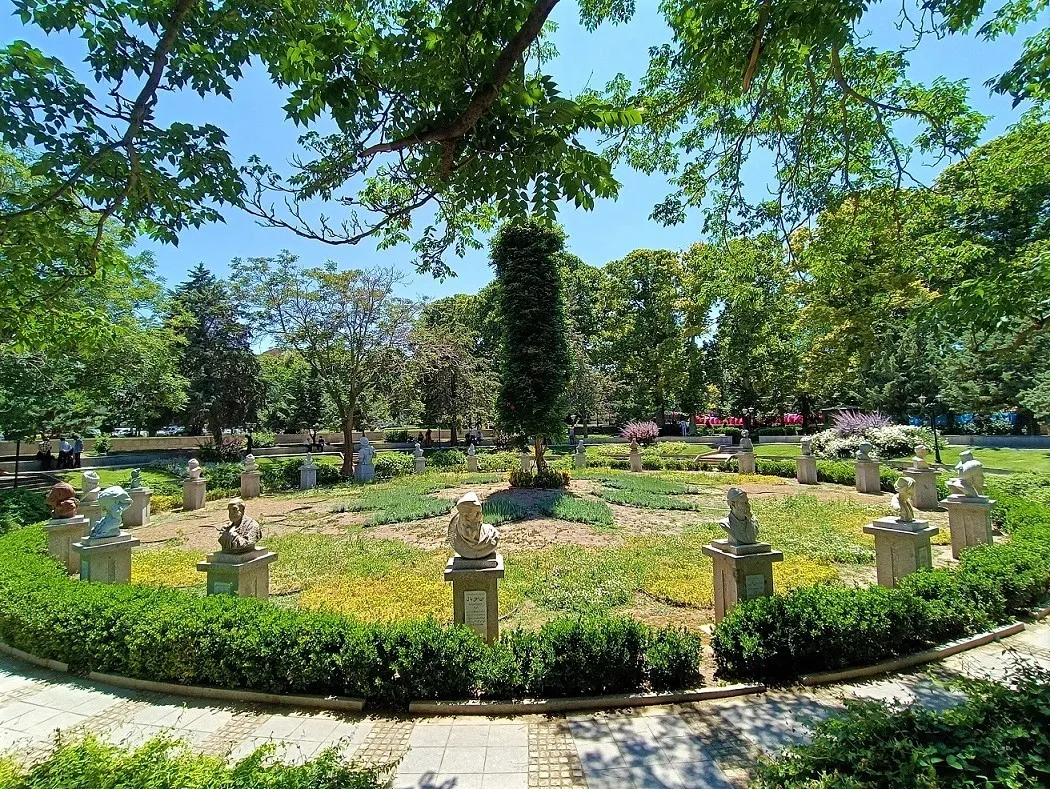Avicenna (also Abu Ali Sina or Ebne Sina) was a great Iranian philosopher, scholar, physician (370-428 AH). His grave is located at Bu Ali Square in Hamadan. The current structure was built between 1946-1951 and since then it has been repaired and renovated three times.
Located in a land area of 3,090 m². the bottom surface of the foundation is 1,792 m². The façade of the tomb is made of hard stone. undefined Three wide steps lead to a porch where there are ten stone pillars. Each of these columns represents a century from the birth of this great man to the present day. Wide wooden patio doors open to reveal an interior with stone walls and floors.
The main area is square and the twelve basic pillars supporting the tomb tower are located here. Avicenna’s tomb is located between the tower and the tomb of his close friend ‘Abu Saied’. On both tombs are marble stelae and nine lines written in the word “Sols”. There are two rooms on either side of this block, one for a conference room and the other for a library. The tomb tower is built of cement and hard stone. In the middle of the tower’s twelve plates, there is a bronze or ‘gun metal’ cone at the top. It has the word ‘Sols’ engraved on its four sides. In 1949, a portrait of Bu Ali was painted by Master Abol Hassan Sadiqi, based on details obtained from documents. According to this portrait, the statue of Bu Ali Sina was carved in white marble and glued to Bu Ali Square in Hamadan. The new memorial structure of the Tomb of Avicenna (Bu Ali Sina) was built in 1941 at its former location. Architecturally, the dome of the structure was inspired by ‘The Gonbad-e-Qaboos’ in the plains of Gorgan and ‘Persepolis’ or Takht-e-Jamshid. In the museum here, ancient relics, anthropological sections and books about Avicenna are on display. In addition, exhibits such as bronze statues relate to the 1st millennium BC., calabash bottles (or canteens), coins, necklaces, and silver objects related to the Sassanid period. The tomb of the great Gnostic “Qazvini” is also nearby.








0 Comment